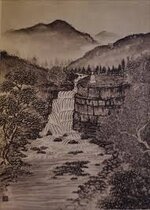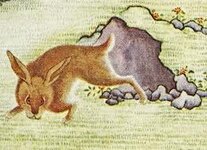J
Jason Byrne
Guest
Wow. Thus proving once and for all that Japanese people are wacky. Also Cracked is the best thing ever.Yup. The word is "ao" and is used to describe both shades. You can read more on the subject (and other cool stuff related to the topic) here: http://www.cracked.com/blog/5-facts-about-colors-that-will-change-how-you-see-world/
In my books, faeries can see wavelengths of radiation including including infrared and magic. You know how hard it is to describe colors beyond human comprehension?!



